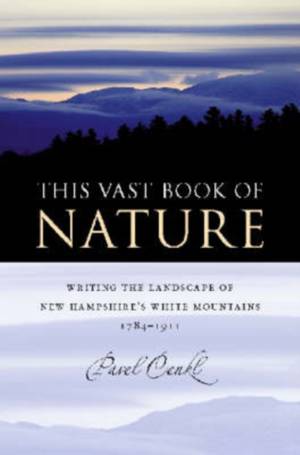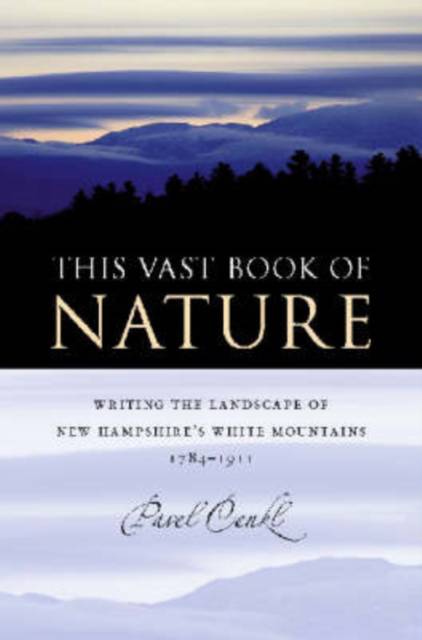
- Afhalen na 1 uur in een winkel met voorraad
- Gratis thuislevering in België vanaf € 30
- Ruim aanbod met 7 miljoen producten
- Afhalen na 1 uur in een winkel met voorraad
- Gratis thuislevering in België vanaf € 30
- Ruim aanbod met 7 miljoen producten
Zoeken
This Vast Book of Nature
Writing the Landscape of New Hampshire's White Mountains, 1784-1911
Pavel Cenkl
€ 46,45
+ 92 punten
Omschrijving
This Vast Book of Nature is a careful, engaging, accessible, and wide-ranging account of the ways in which the White Mountains of northern New Hampshire---and, by implication, other wild places---have been written into being by different visitors, residents, and developers from the post-Revolutionary era to the days of high tourism at the beginning of the twentieth century. Drawing on tourist brochures, travel accounts, pictorial representations, fiction and poetry, local histories, journals, and newspapers, Pavel Cenkl gauges how Americans have arranged space for political and economic purposes and identified it as having value beyond the economic. Starting with an exploration of Jeremy Belknap's 1784 expedition to Mount Washington, which Cenkl links to the origins of tourism in the White Mountains, to the transformation of touristic and residential relationships to landscape, This Vast Book of Nature explores the ways competing visions of the landscape have transformed the White Mountains culturally and physically, through settlement, development, and---most recently---preservation, a process that continues today.
Specificaties
Betrokkenen
- Auteur(s):
- Uitgeverij:
Inhoud
- Aantal bladzijden:
- 178
- Taal:
- Engels
- Reeks:
Eigenschappen
- Productcode (EAN):
- 9781587294983
- Verschijningsdatum:
- 1/09/2006
- Uitvoering:
- Hardcover
- Formaat:
- Genaaid
- Afmetingen:
- 161 mm x 242 mm
- Gewicht:
- 467 g

Alleen bij Standaard Boekhandel
+ 92 punten op je klantenkaart van Standaard Boekhandel
Beoordelingen
We publiceren alleen reviews die voldoen aan de voorwaarden voor reviews. Bekijk onze voorwaarden voor reviews.











